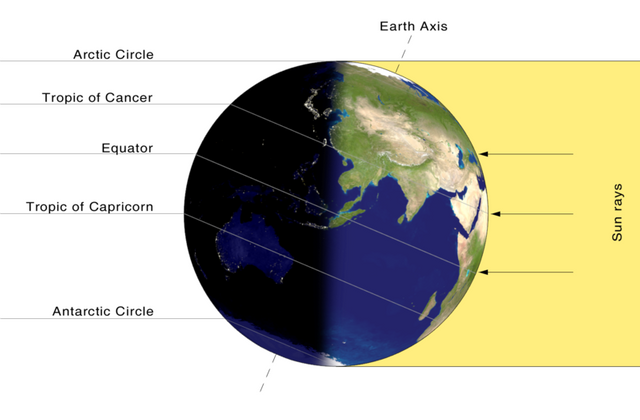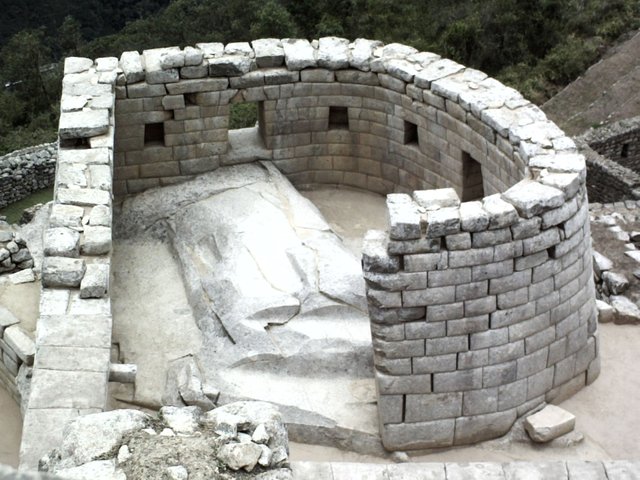Solstice, The Day the Sun Stands Still

The solar phenomenon we call “solstice” has been followed, celebrated and tracked for thousands of years in isolated cultures all over Earth. Knowing when solstice occurs has always been important for mankind in order to keep track of the upcoming seasons and time of year, mostly as a tool in agriculture and harvesting activities. The English word “solstice” originated from Latin meaning “sun standstill”. Solstice is the point at which our days start to get longer, or shorter, depending on the time of year. The Summer solstice happens on or around June 21 each year while the Winter solstice happens on or around December 21.
At Summer solstice, the day is the longest day of the year, when the angle of the Earth's axis points closest to the Sun (shown in the above image) during its one year revolution around the sun. At Winter solstice, the day is the shortest day of the year, as the Earth's axis is pointed the furthest away from the Sun on it's annual trip around the sun.
The reason the ancients came up with a name that reflected their belief that the sun stood still is that the change in daylight hours is very hard to determine for the week or two surrounding the actual peak of solstice. For the unaided human senses, days don't seem to get that much longer or shorter during that time. To most, it just seems like the sun stops it's advance and stands still for a bit. Even today, with modern technological tools, it is difficult to gauge the difference in daylight hours, as even within the first day or two of solstice, the difference in daylight time is only a few seconds of daylight. It takes about 10 days after solstice to reach even a minute of more, or less, of daylight time.
Think of throwing a ball into the air and seeing the point at which it stops going up, and starts coming down. The ball will seem to slow as it hits its peak height, and then seems to sit in midair for a moment before it starts its decent back to Earth. The moment when it hits its peak and “floats” for a moment could be thought of as the ball's “solstice”.
Not understanding how our solar system really works, it is remarkable how many ancient cultures were able to create tools that could accurately predict these significant times of the year. Machu Picchu in Peru (pictured above), Stonehenge in England, Karnak in Egypt and Chichen Itza in Mexico are just a few examples of ancient monuments that accurately tracked solar events such as the Summer and Winter solstices, the day the sun stands still.
(Top Image Source: Wikimedia)
(Machu Picchu Image Source: My own trip to Machu Picchu)

Some say that between June 21 and 24, the nights turn magical, that we are the sun that represents rebirth and hope.
Please upvote: https://steemit.com/free/@bible.com/4qcr2i
You got a 5.22% upvote from @postpromoter courtesy of @matthias-green!
Want to promote your posts too? Check out the Steem Bot Tracker website for more info. If you would like to support the development of @postpromoter and the bot tracker please vote for @yabapmatt for witness!
To listen to the audio version of this article click on the play image.

Brought to you by @tts. If you find it useful please consider upvoting this reply.